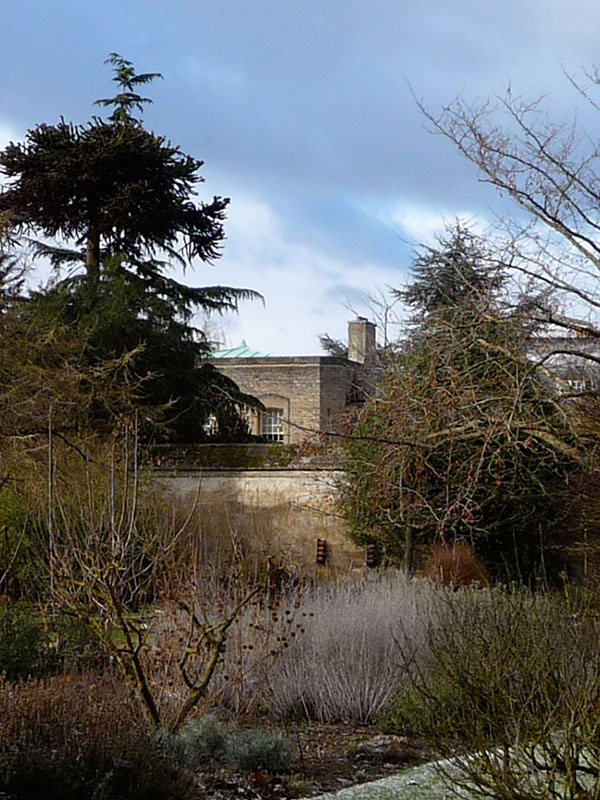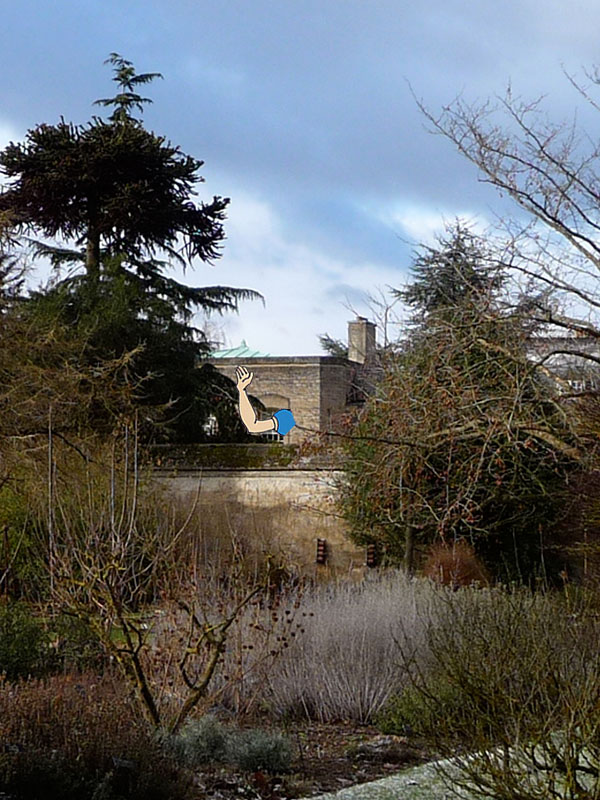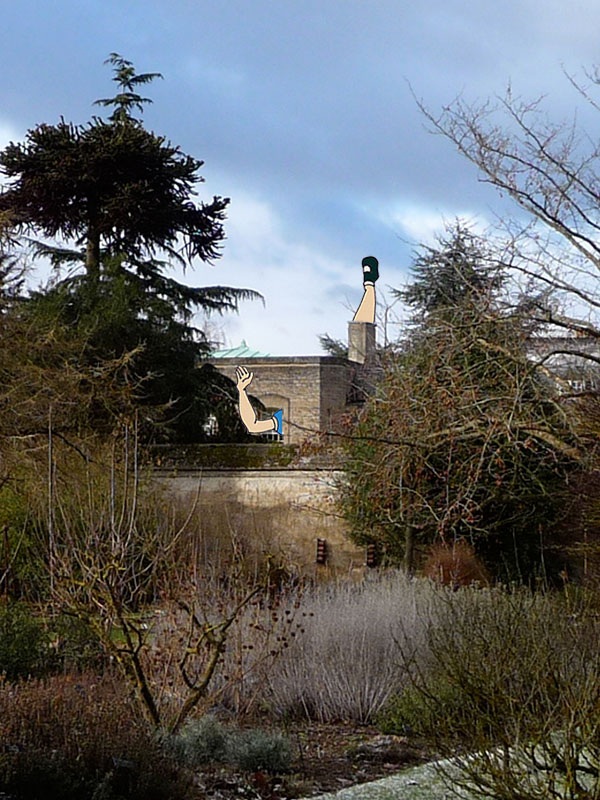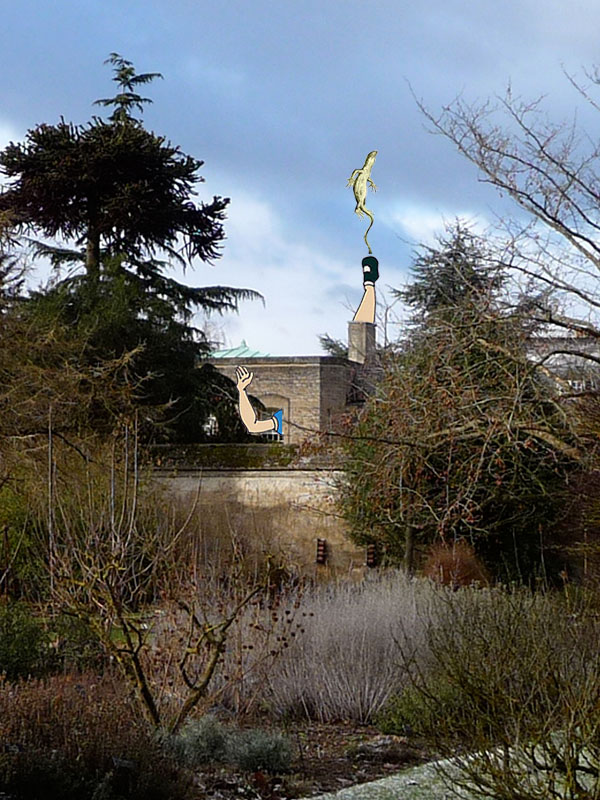IV. The Rabbit Sends in a Little Bill
CUT TO: INT, the White Rabbit's house. Alice is exploring and has just found the White Rabbit's gloves and fan when she notices a tiny bottle. Aware of the consequences of her last food and drink, she decides that by the rules of Wonderland this, too, should have some effect. She drinks it and finds herself growing.
The reflective Alice, upon her growth spurt, contemplates writing a book about her adventures in a metatextual moment—in film, it would perhaps be more appropriate for her to imagine selling the movie rights to her adventures, but the awareness traverses the medium.
In 1931, Alice first was given a voice for a film adaptation, played by Ruth Gilbert. Adaptations continued for film and television as she was also being re-imagined in color (and technicolor) over in animation, which I'll examine later.
Examining the filmic Alice through the lens of textual origins is inherently problematic, although such turns have not been uncommon in media studies. As we transition, we enter what W. J. T. Mitchell refers to as "the complex interplay between visuality, apparatus, institutions, discourse, bodies, and figurality" (16). The interplay of bodies is crucial to creating wonder among spectators, and allowing for the remediation of textual concepts into visual spaces. The filmed Alice undergoes the myriad of transformations not through changes in herself but through changing the world around her. Early versions were particularly incapable of imitating the stretched Alice of the elongated neck from Tenniel's illustration, a form bound by far fewer rules than this mimickry of so-called realism. Thus, the internal is made external: Alice enters a normal-sized house in film, but "grows" to fill a dollhouse.
CUT TO: INT, Alice's mind. The site of transformation, and the site of much of Alice's "dialogue," but unexplored by most of the film adaptations. What does it look like? Perhaps like Wonderland itself.
CUT TO: Exterior, White Rabbit's house. Alice's protuding form has been noticed, and several creatures have gathered to try to solve the problem. A lizard, Bill, is sent for and tasked with entering down the chimney.
Alice's physical form is her internal self, and she tolerates no invasion or attempts by others to regulate it—regardless of the medium, Alice is constantly testing the rules of Wonderland.





